Growing Popularity of ESG Criteria
The Balanced Funds Market is increasingly influenced by the growing popularity of Environmental, Social, and Governance (ESG) criteria among investors. As awareness of sustainable investing rises, more individuals are seeking balanced funds that align with their values, integrating ESG factors into their investment decisions. Recent surveys indicate that a substantial portion of investors, particularly younger demographics, prioritize sustainability when selecting funds. This trend is prompting fund managers within the Balanced Funds Market to develop ESG-focused balanced funds, which not only aim for financial returns but also contribute positively to societal and environmental outcomes. The integration of ESG criteria is likely to become a defining characteristic of the Balanced Funds Market, shaping its future trajectory.
Growing Interest in Risk Management
The Balanced Funds Market is experiencing a notable shift towards risk management strategies. Investors are increasingly seeking to balance their portfolios with a mix of equities and fixed-income securities, aiming to mitigate volatility while still pursuing growth. This trend is underscored by a reported increase in the allocation of assets to balanced funds, which reached approximately 25% of total mutual fund assets in recent years. As market conditions fluctuate, the appeal of balanced funds, which offer a blend of stability and potential returns, appears to resonate with both conservative and aggressive investors. This growing interest in risk management is likely to drive further innovation within the Balanced Funds Market, as fund managers develop new products tailored to meet the evolving needs of investors.
Increased Regulatory Focus on Transparency
The Balanced Funds Market is currently navigating an environment of heightened regulatory scrutiny, particularly concerning transparency and disclosure practices. Regulatory bodies are emphasizing the need for clearer communication regarding fund performance, fees, and investment strategies. This increased focus on transparency is likely to enhance investor confidence, as individuals become more informed about their investment choices. As a result, balanced funds that prioritize clear and comprehensive reporting may gain a competitive edge in attracting new investors. Furthermore, this regulatory landscape may prompt fund managers within the Balanced Funds Market to adopt best practices that align with evolving compliance standards, ultimately benefiting the industry as a whole.
Shift Towards Passive Investment Strategies
The Balanced Funds Market is witnessing a significant shift towards passive investment strategies. Investors are increasingly favoring low-cost, index-based balanced funds that provide exposure to a diversified portfolio without the higher fees associated with actively managed funds. Recent data indicates that passive balanced funds have seen inflows surpassing those of their actively managed counterparts, reflecting a broader trend in the investment landscape. This shift may be attributed to the growing awareness of the long-term performance advantages of passive investing, as well as the desire for transparency and lower expense ratios. Consequently, the Balanced Funds Market is likely to adapt, with more fund managers offering passive options to cater to this demand.
Technological Integration in Investment Platforms
The Balanced Funds Market is experiencing a transformative phase driven by technological integration in investment platforms. The rise of robo-advisors and digital investment platforms has made balanced funds more accessible to a broader audience. These platforms often utilize algorithms to create personalized portfolios that include balanced funds, catering to individual risk tolerances and investment goals. Recent statistics suggest that the adoption of digital investment solutions has surged, with a significant percentage of millennials and Gen Z investors gravitating towards these user-friendly platforms. This technological shift is likely to reshape the distribution channels within the Balanced Funds Market, as traditional firms adapt to the changing preferences of tech-savvy investors.
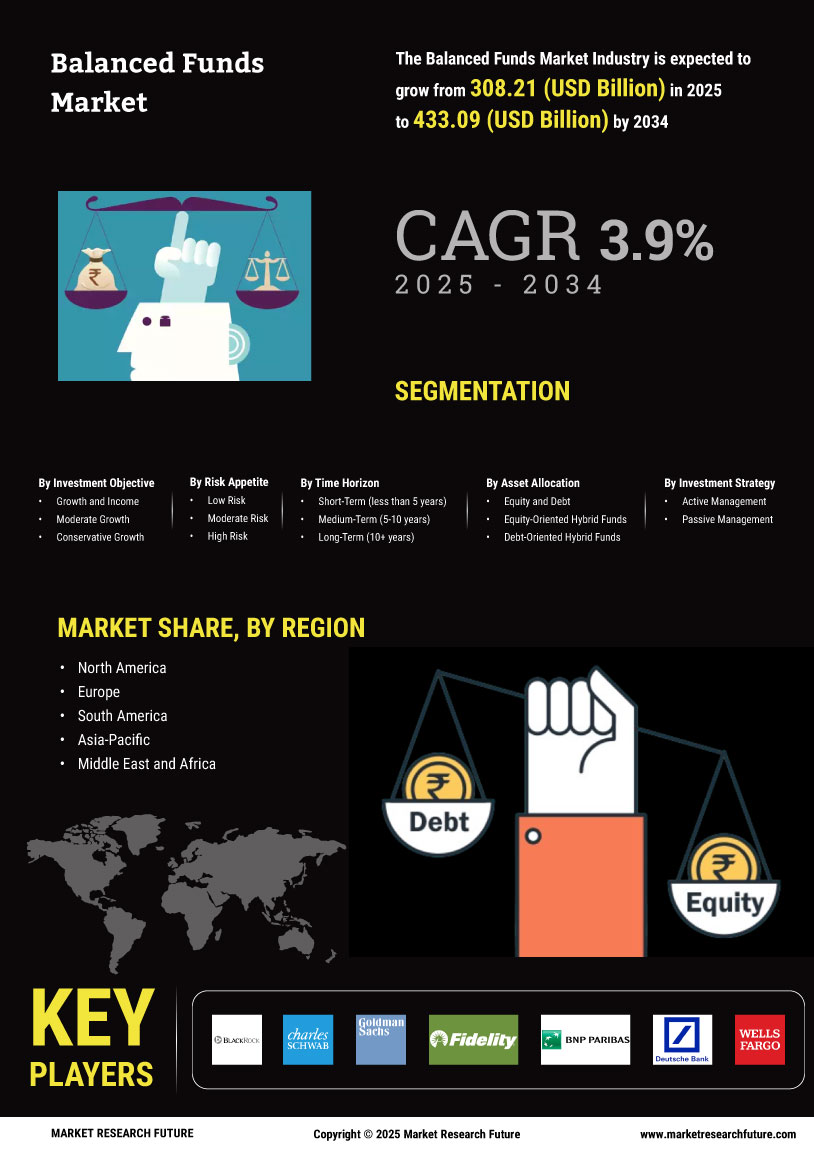

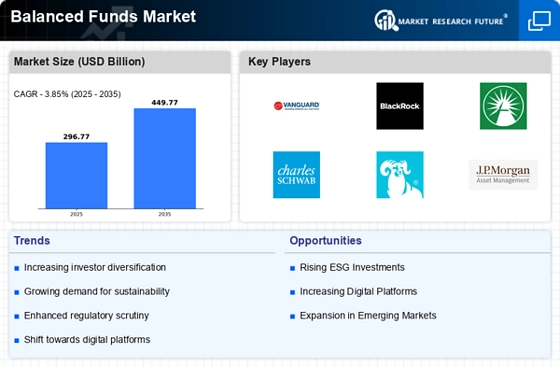
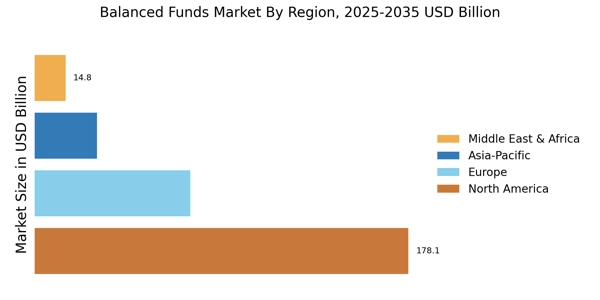
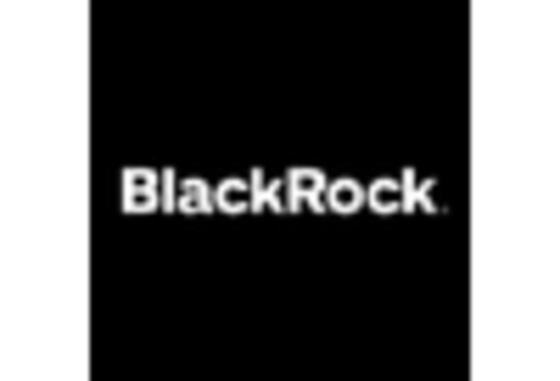
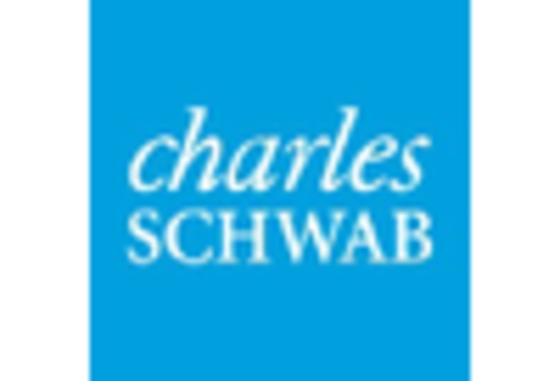
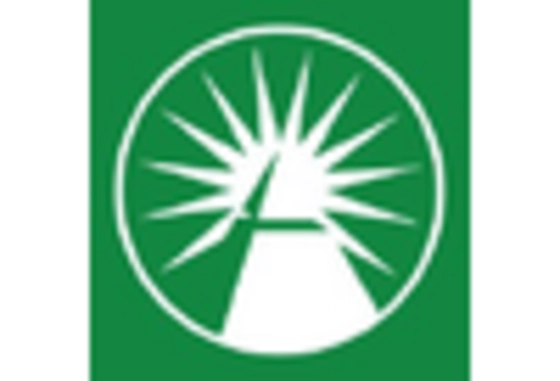
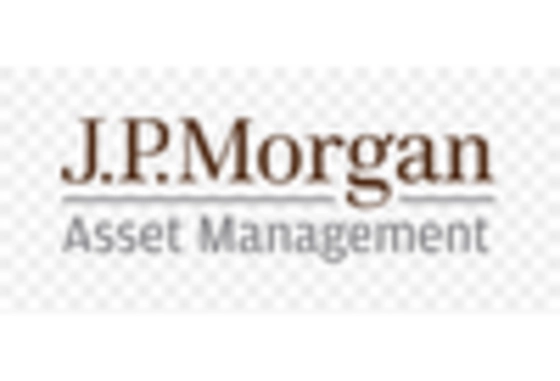

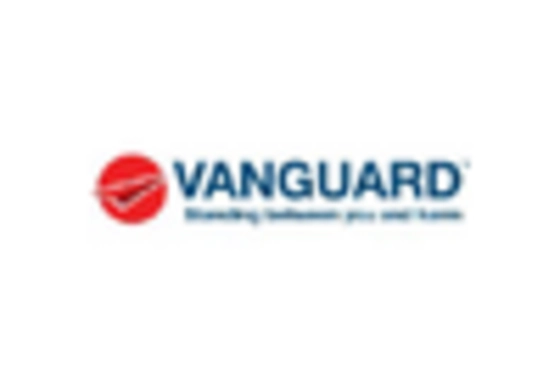








Leave a Comment